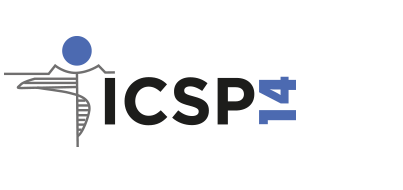14th International Conference on Shot Peening
Abstract [81]
Sören Kellera, Zina Kalliena, Karl-Christian Schwaba, Volker Ventzkea, Nikolai Kashaeva, Benjamin Klusemann
Institute of Materials Mechanics, Helmholtz-Zentrum Hereon, Max-Planck-str. 1, D-21502 Geesthacht, Germany
b Institute of Product and Process Innovation, Leuphana University of Lüneburg, Universitätsallee 1, D-21335 Lüneburg, Germany
Abstract
Laser shock peening (LSP) is known as residual stress modification technique introducing deep compressive residual stresses, leading to fatigue crack retardation. Introduced residual stresses can be anisotropic depending on the applied LSP process parameters (e.g. power density, laser shot sequence, laser pulse overlap and the repetition of laser shot sequences) as well as initial conditions (e.g. prestresses, already existing residual stresses and material anisotropy). This work investigates the non-equibixial characteristics of the residual stress distribution detected by residual stress measurements (incremental hole drilling technique) as well as microstructural observations (electron backscattered diffraction) [1] and demonstrates a method to tailor the ratio of the stress components in surface plane direction by applying prestress [2]. Prestress is introduced by bending, where material is deformed purely elastically. The prestress is restricted to the LSP process; hence, prestress is released after the LSP treatment. The process advancing direction influences the non-equibiaxiality of the residual stress. However, LSP treatment leads to microstructural changes in the material. Experiments indicate, that these microstructural changes affect the material behaviour, as the generated residual stresses depend on the order of two applied shot patterns with different advancing directions.
Date
18 Novembre 2022

